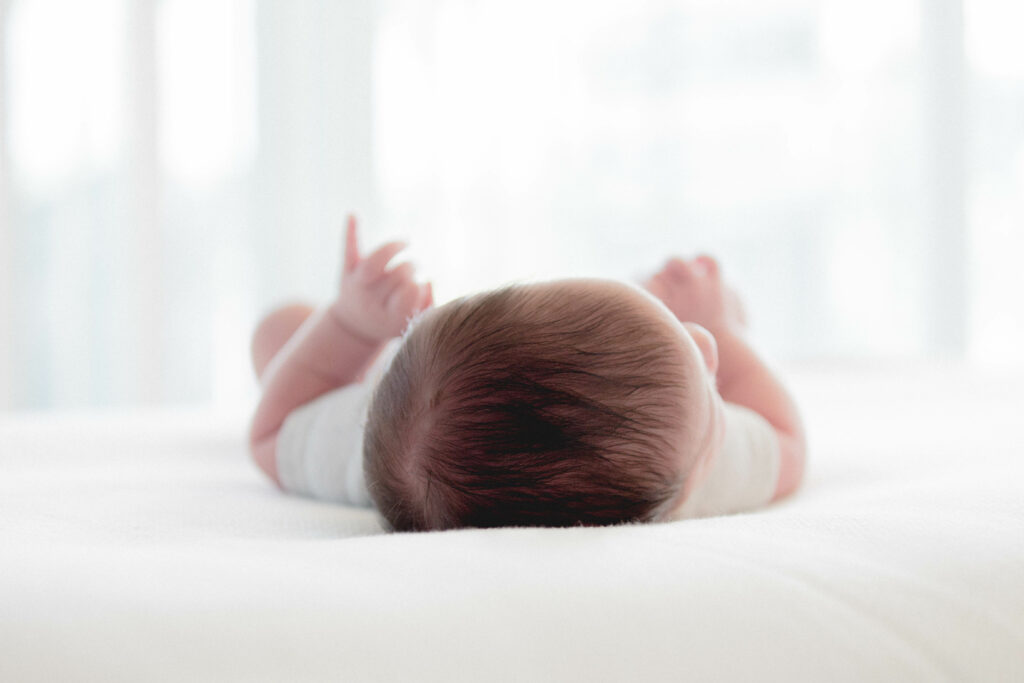Head Shape: Why Worry?

Why do physical therapists worry about head shape? Plagiocephaly, the condition where a baby’s head becomes flattened on one side, is not simply a cosmetic issue. It can impact various aspects of a child’s development, including gross motor skills, strength, speech, feeding, handwriting, and balance, if not addressed.
Gross Motor Development
Plagiocephaly is often linked to torticollis, positional preferences, limited neck range of motion, and asymmetric neck strength. Without intervention, this asymmetry can persist and affect not only head shape but delay or negatively influence overall movement patterns (rolling, crawling, sitting, walking) and strength development.
Head Shape and Speech Development
Alternately, plagiocephaly can lead to asymmetry in facial muscles and tongue and lip alignment. This misalignment can make it difficult for the child to form sounds correctly, potentially delaying or affecting speech clarity and articulation.
Feeding Challenges
Infants with plagiocephaly may experience difficulty breast or bottle feeding. This is especially true if they have difficulty turning their head due to muscle tightness. In more severe cases, asymmetries can lead to slower weight gain.
Head Shape and Handwriting Difficulty
Although less obvious, plagiocephaly can also have long-term impacts on fine motor skills, such as handwriting. Skull and facial structure asymmetry can lead to issues with posture, the ability to sit upright, and the ability to hold a pencil correctly. Children with postural asymmetry may also experience difficulties with eye-hand coordination and concentration. This may make school tasks such as writing much more difficult.
Balance and Coordination
Plagiocephaly can affect a child’s sense of balance and coordination due to the impact it has on neck/head posture. This restriction can lead to uneven weight distribution while sitting, standing, or walking, which can negatively affect overall balance.
While plagiocephaly is often mild and can easily be treated with physical therapy, it is important for parents to monitor and understand that early intervention can help address these issues and prevent long term developmental complications. We recommend starting physical therapy by 2 months of age for the best possible outcomes.
